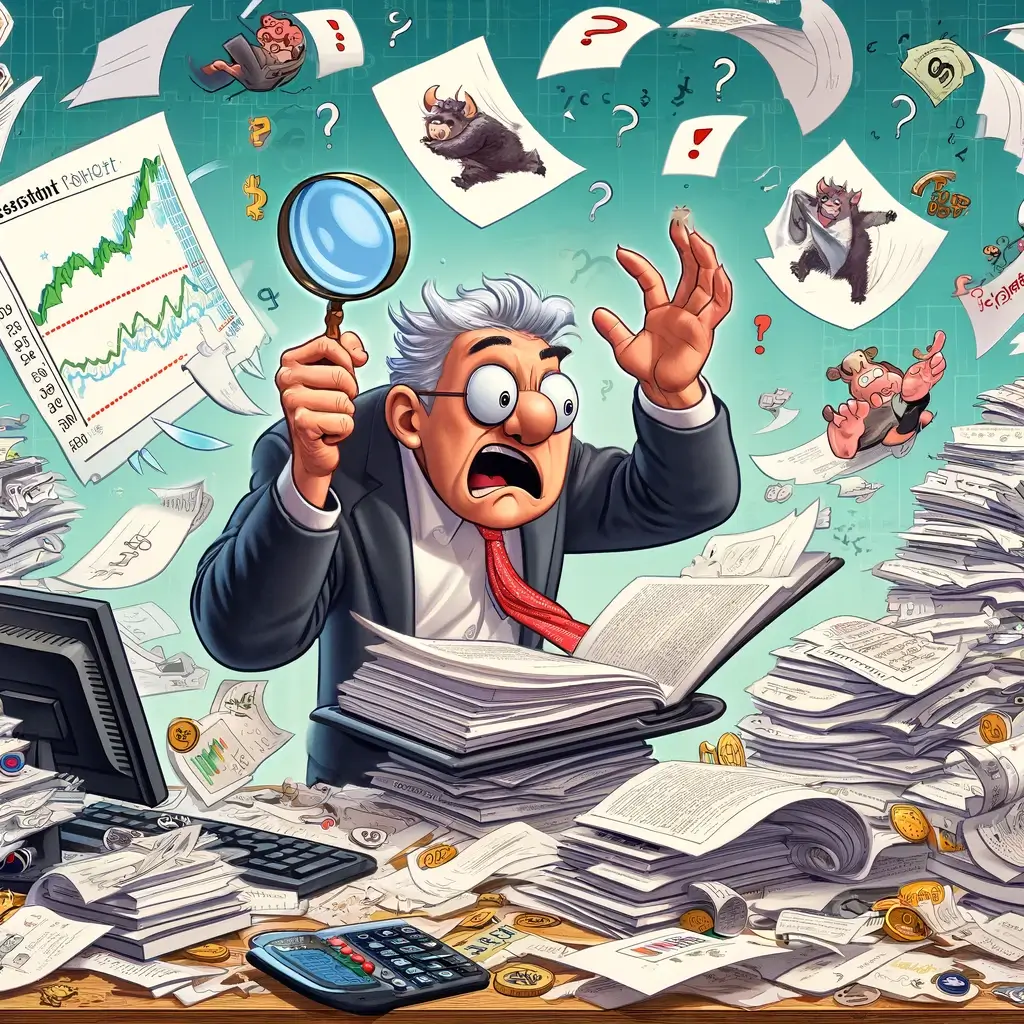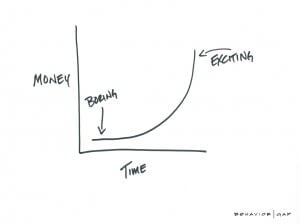
Narratives, Negativity and the Stock Market: What’s Next?
Investment ManagementApr 11, 2024
In October of 2022 the S&P 500 reached its most recent closing low in what was a painful year for the stock market. Since then it is up over 45% as of this writing. A pretty darn good return in such a short period of time to be sure. Now that we know what the market has done over that time, the next question to ask is straight forward: Why?
As anyone who has spent significant time with a toddler can attest, our natural inclination is to want to know WHY something is the way it is. Narratives, or said more simply, stories, are a powerful tool people rely on to understand the market. In the complex world we live in, narratives provide a crucial “sense-making framework”. They help investors organize vast amounts of market and economic data into a coherent and understandable storyline. While stories help offer structure amidst the chaos and complexity of financial markets, relying on them to make decisions is usually a mistake. Sam Ro explains why this can cause problems for investors: “Analyzing short-term moves in data is treacherous work for anxious investors and traders who are eager to adjust their positions in anticipation of major shifts in the economic narratives. Unfortunately, the end of a prevailing narrative and the emergence of a new narrative only become clear with months of hindsight. What might initially look like an inflection in a trend is often just noise.”
Whether the market is going up, down or sideways the financial media will do its best to assign a single clean narrative to help provide clear reasoning for the latest move. As Kevin Gordon recently put it in an article in the Financial Times: “In markets it’s impossible to get through a day without being inundated with reasons as to why stocks are going up or down. Or why they should be going up or down. Everyone is always in search of a narrative. Yet, in the past handful of months, the glut of narratives has grown exponentially, making it almost painful to try to characterize the current market.” Our need to remove uncertainty, and the stress that comes with it, can lead us to rely too much on the story of the moment.
For those expecting the market to continue its march upward uninterrupted, the leading narratives for why have been changing quickly. One of the most prominent to start 2024 was that projected interest rate cuts by the Federal Reserve would buoy markets as inflation went back to normal levels. While the consensus was that we would see six interest rate cuts, that has since been revised down to one or two. If inflation remains elevated and strong economic data continues, that could easily become zero. How will markets react if (or when) those assumptions change?
Another big one was how the “Magnificent 7” Mega-Cap Technology stocks would continue their dominance and lead the stock market higher. Over the last few months two of those seven stocks, Tesla and Apple, have seen their stock prices come under pressure. Meanwhile an energy stock, ExxonMobil, is outperforming two others in the group, Microsoft and Google, so far in 2024. When it comes to the A.I. craze that has helped fuel this narrative, it remains to be seen how things will play out. While it seems it will change the way we live and work, there are at least some signs investors are getting ahead of themselves. What if that narrative changes?
In terms of the “bear case” for why the stock market is due for a sell-off, there are no shortage of negative narratives being pushed either. While the old adage “bad news sells” has always been true, today it has become the primary way to get more followers, clicks and revenue. A recent study by Nature Human Behaviour found that negative headlines in online news consumption aren’t just more common, they are quite literally the business model. The study found that “For a headline of average length, each additional negative word increased the click-through rate by 2.3%.”
The stock market is a graveyard for narratives that were once accepted as consensus. While that is important to understand, it doesn’t answer another important question: how should investors think about what comes next? The first step is zooming out. The best time to remind yourself that markets go down is when they are going up. Said another way, investors need to manage their expectations. Here is a statistic to keep in mind: the average annual sell-off since 1980 is about 14%. Despite that big number, overall returns were positive in 33 of 44 years. While we are not in the business of making predictions, we can make two of them with a high degree of certainty:
- There will be a painful market sell-off at some point
- Many investors will panic
Ignore today’s narratives. They will be gone tomorrow and replaced by others. History has shown that over the long run as companies have been able to grow their earnings, stock prices eventually follow. Everything that happens in between is anyone’s guess. Stocks are long-term assets so short-term stories are of limited value. While Warren Buffett is probably the most over-quoted investor of all-time, it is because he is also among the best of all-time. We will give him the final word: “If I were on Wall Street, I’d probably be a lot poorer. You get overstimulated. You hear lots of things. You may shorten your focus and a short focus is not conducive to long profits.”
Citations:
Narratives will change, and yet the stock market will go up, Sam Ro- TKer, April 8, 2024
Best Story Wins, Morgan Housel- The Collaborative Fund, February 11, 2021
Narratives rule everything around me, Kevin Gordon- Financial Times, April 9, 2024
JP Morgan, 2024 Guide to the Markets
Negativity drives online news consumption, Robertson, C.E., Pröllochs, N., Schwarzenegger, K. et al, Nature Human Behaviour- March 16, 2023
The Skillfulness of Stillness, Frederik Gieschen, April 9, 2024


